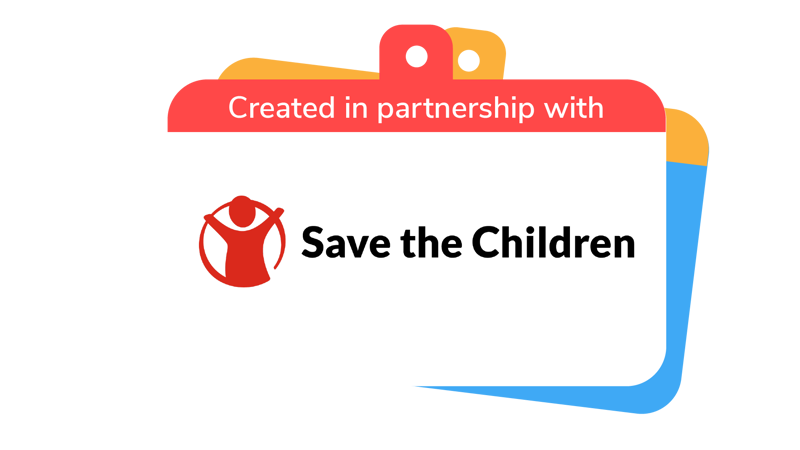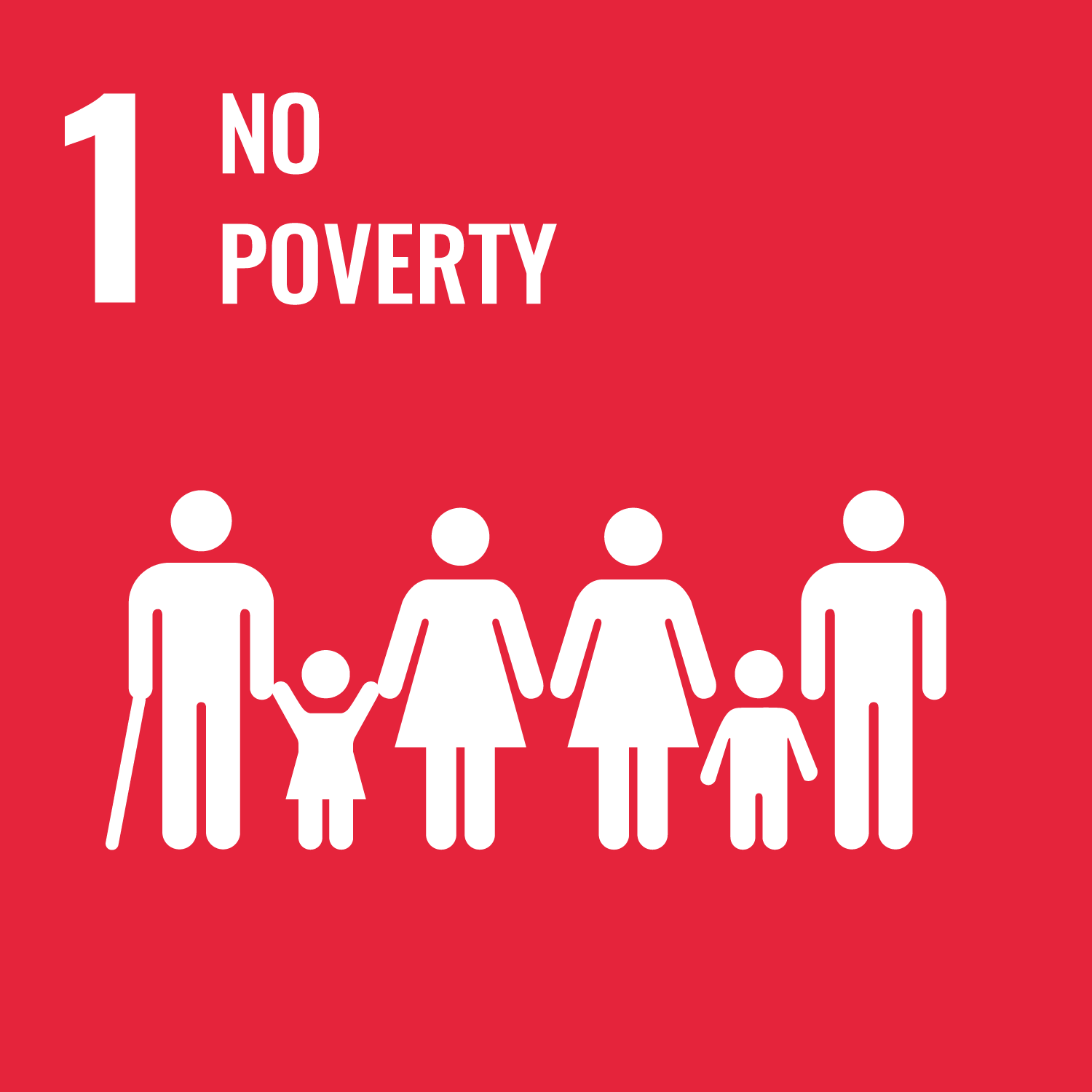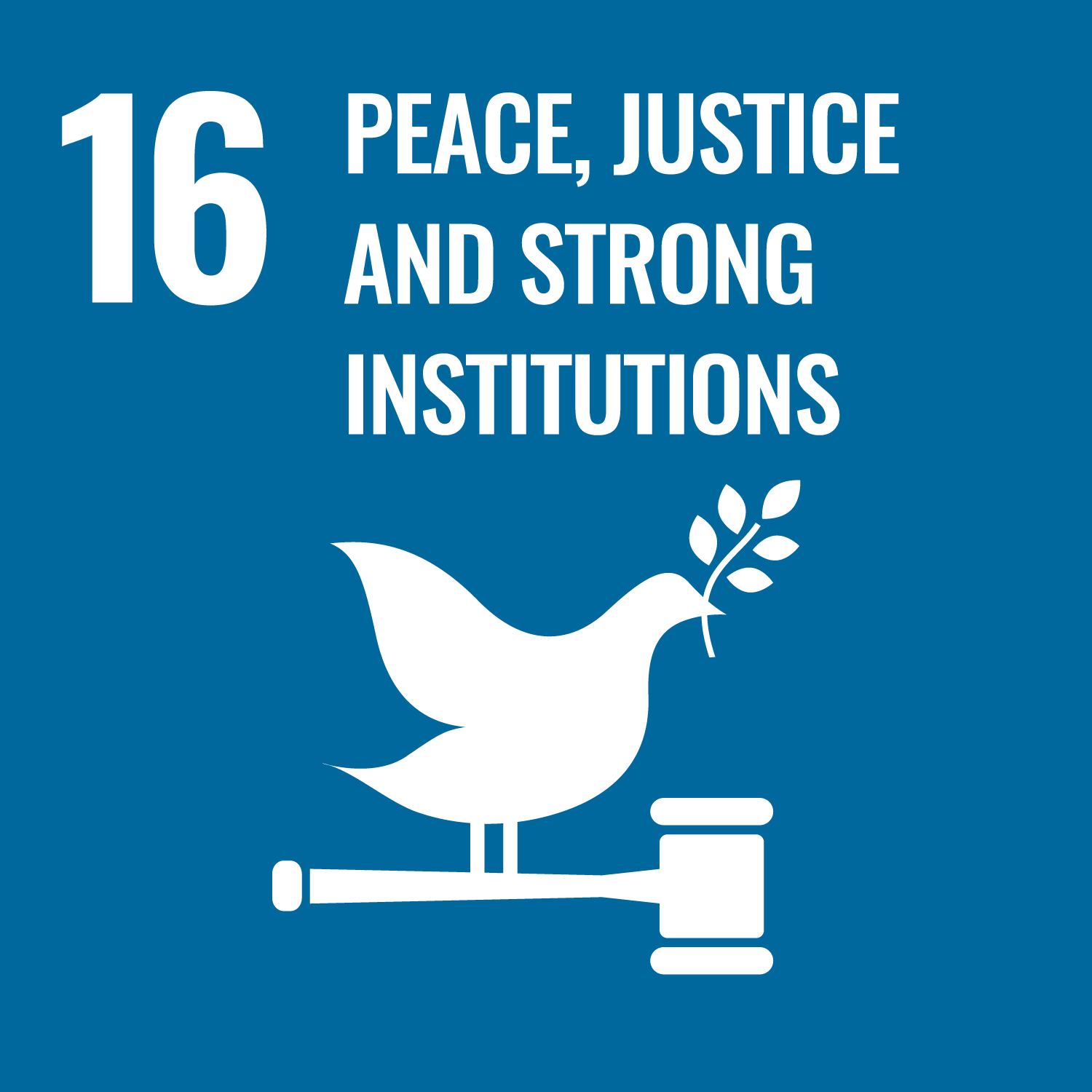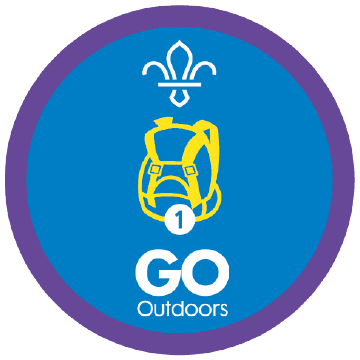
Forced to flee solidarity walk
You’ll need
- Maps of your route
- Walking gear, including suitable clothing and equipment, snacks, water and first aid kits
- Envelopes
- Copies of ‘Before you set off’, ’Checkpoint one’, ‘Checkpoint two’, and ‘Final destination’ sheets
- Copies of the ‘Forced to Flee’ text messages
Before you begin
- Use the safety checklist to help you plan and risk assess your activity. Additional help to carry out your risk assessment, including examples can be found here. Don’t forget to make sure all young people and adults involved in the activity know how to take part safely.
- Make sure you’ll have enough helpers for each team to have one. You may need some parents and carers to help out if you’re short on helpers.
- Print out the resources.
- Decide whether you’ll walk in smaller groups, and how you’ll stagger it so people don’t get bunched up at checkpoints.
- Put the ‘Before you set off’, ’Checkpoint one’, ‘Checkpoint two’, and ‘Final destination’ sheets in separate envelopes. You’ll need a set for each group of young people.
- Decide how you’ll share the text messages. You could read them out at the checkpoints, give them to the group to read, or even send them in a WhatsApp group where leaders pretend to be the characters (and then show young people a leader’s phone).
- You’ll need appropriate adult supervision throughout, and you may also need an Adventurous Activities permit, depending on the terrain. Check that a suitable InTouch process is in place and that all planned routes are risk assessed from start to finish.
Plan the walk
- Everyone should gather together and chat through what they’ve learned about refugees and displaced children. Can they imagine what it’d feel like to have to leave their home and walk to safety? What challenges do people in that situation face?
- The person leading the activity should explain that one way to understand a bit more about the lives of people who are forced to flee from conflict is walking in solidarity with them, using resources from Save the Children.
- Everyone should chat about when and where they’ll hold their walk.
For guidance and support on walking, check out the Scouts website.
- Together, people should work together to plan a route with four places to stop along the way. Their walk should be challenging, but not impossible. They should decide what they’ll need to bring.
- Everyone should decide how they’ll use their walk to raise awareness of refugees and displaced children. For example, they could hold an event at the end and invite friends, family, and decision makers such as their local MP. They could also spread the word using local or social media.
The walk
It’s really important that the people who take part in the walk don’t look at this before they begin. It’ll ruin the surprises!
- The person leading the activity should give the group the ‘Before you set off’ envelope and explain that they’ll need everything inside. Everyone should look through the contents.
- The person leading the activity should share the ‘Before you set off’ texts with the group. The group should decide what to do.
- During walk one, the person leading the activity should share the ‘Texts from walk one’ with the group.
- Everyone should chat about how they’d respond to the ‘Texts from walk one’ messages. Do they know who the people are? How would they stay in touch with family if they had to flee from conflict?
How would the group feel if they had to leave their home in a hurry? What tool they take with them for the journey? Would they take anything to remind them of home?
- When they reach the first checkpoint, the person leading the activity should give the group the ‘Checkpoint one’ envelope. They should chat about what’s inside and decide how to respond to the messages. Who are Ali, Mia, Lara and Yasmin?
- At the first checkpoint, the person leading the game should share the ‘Texts from checkpoint one’. Everyone should decide what to send in reply.
- During walk two, the person leading the game should share the ‘Texts from walk two’ with the group. Everyone should follow the instructions.
- When they reach the second checkpoint, the person leading the activity should give the group the ‘Checkpoint two’ envelope. Everyone should complete the activity inside.
What have they learned about each other? Were any of the facts about refugees and displaced children’s experiences surprising?
- During walk three, the person leading the activity should share the ‘Texts from walk three’ with the group. The group should chat after each one. What would they reply to Ali’s text about Abdul? Do they have anything in their envelopes that could help them? Have they noticed the battery life on their phone? What will they do when it runs out?
What would people find hardest about being on the move? What do they think people could do to help refugees and displaced children on their journey?
- When they reach the third checkpoint, the person leading the activity should share the ‘Texts from checkpoint three’ with the group. Who might Abdul be talking about when he says there are ‘bad guys everywhere’? What might they be doing? Who are the people in the red T-shirts? How could they recognise people who want to help in a crisis? Where do people think Abdul is now?
- During walk four, the person leading the activity should share the ‘Texts from walk four’ with the group. Who do they think Mia’s talking about when she mentions people helping Rafiq? What sort of help do people think young children who’ve experienced conflict might need? Is it different from the help teenagers or adults might need?
- When they reach the fourth checkpoint, the person leading the activity should share the ‘Texts from checkpoint four’ with the group. What’s the password? Who do the group think V is? Do they trust him?
- During walk five, the person leading the activity should share the ‘Texts from walk five’ with the group. Everyone should chat about how they’d respond.
- When they reach their final destination, everyone should chat about what think they happens to Rami. Do they think he makes it to his destination? Why?
- The person leading the activity should share the ‘Final destination’ envelope with the group. Everyone should look at what’s inside and use it to learn about the real lives their interactive walk was based on.
- Everyone should chat about how the walk made them feel. What was most memorable? Which decision was the hardest? How did they feel about what was happening to the people involved? What was the worst moment? Was there a best moment?
- Everyone should chat about how they’ll use what they’ve learned on the walk to support refugees and displaced children. They should remember that while Rani’s a refugee who’s left his home country, many people who flee conflict stay in the same country and move to different areas.
- If people invited friends and family to join them at the end of the walk, they should share the real stories with them and talk about all they’ve learned.
At the next meeting
- Everyone should share any more thoughts they’ve had about the walk – they may have more to share after some time to reflect.
- Everyone should chat about how they’ve used the talk to help them spread the word about the challenges facing refugees and displaced children.
- As a group, everyone should make a commitment about how they’ll share what they’ve learned.

This activity helps contribute towards some of the UN's Sustainable Development Goals. Find out more about the SDGs, and how Scouts across the world are getting involved.






Reflection
This activity reminded everyone that they’re citizens.
Like thousands of other people, Rani is from Syria and travelled to Europe.
Most of the 60 million people who’ve been forced to leave their homes because of conflict don’t travel to Europe. Can anyone think about other conflicts around the world that are less well-known than the one in Syria?
Why are some conflicts more well-known than others? What do people think it means to be a citizen? Are people like Rani still citizens?
What responsibilities do people have for refugees and displaced children? Why is it important to find out about (and share information about) less well-known places where young people are experiencing conflict?
This activity was also about solving problems. How did people make decisions along the way? What influenced their decision-making?
Do they think it would be easier or harder to make decisions in a real life situation (rather than a pretend one)? Did they find solutions to all of the problems in this activity, or were some things left unsolved?
Safety
All activities must be safely managed. You must complete a thorough risk assessment and take appropriate steps to reduce risk. Use the safety checklist to help you plan and risk assess your activity. Always get approval for the activity, and have suitable supervision and an InTouch process.
- Outdoor activities
You must have permission to use the location. Always check the weather forecast, and inform parents and carers of any change in venue.
- Hiking and walking
Follow the guidance for activities in Terrain Zero, or the guidance for each the adventurous activity.
- Road safety
Manage groups carefully when near or on roads. Consider adult supervision and additional equipment (such as lights and high visibility clothing) in your risk assessment.
- Online safety
Supervise young people when they’re online and give them advice about staying safe. Take a look at our online safety or bullying guidance. The NSPCC offers more advice and guidance, too. If you want to know more about specific social networks and games, Childnet has information and safety tips for apps. You can also report anything that’s worried you online to the Child Exploitation and Online Protection Command. As always, if you’ve got concerns about a young person’s welfare, including their online experiences, follow the Yellow Card to make a report.
- It’s up to you how far you walk – it’ll probably depend on the age and experience of your group. You could base the walk on the distance that real people have to walk to safety. For example, a refugee from Myanmar might walk 64 miles to get to Bangladesh, a refugee from South Sudan could walk up to 250 miles to get to Ethiopia. You could divide these distances between the group (for example, 20 people could walk 3.2 miles each to make the 64 miles a refugee from Myanmar might walk to get to Bangladesh).
- You could add heavy rucksacks or ration the amount of food and water you take, to represent some of the additional challenges people with limited resources face.
- You could split the walk into stages and do it in more than one session, or just keep the distances between checkpoints short.
- It’s up to you whether you give everyone all of the information, or whether you pass texts or envelopes to just one person in a group to encourage them to communicate and work together.
- Make sure the route you’ve planned is accessible for everyone, including anyone who uses a wheelchair or other mobility aid.
- If walking isn’t accessible for your group, you could run the activity as a role-play in your usual meeting place. Represent the distances you’d have walked in another way, for example, with pretend signposts or by spending a certain amount of time sitting still and discussing the prompts.
All Scout activities should be inclusive and accessible.
You could share live updates from your walk on social media so people can follow along (but make sure to stay safe).
Discover more at https://www.savethechildren.org.uk/

